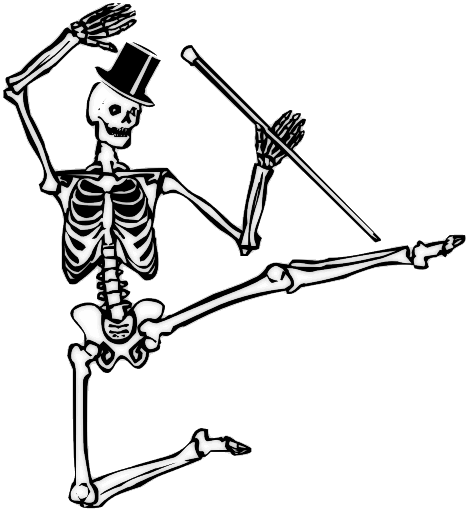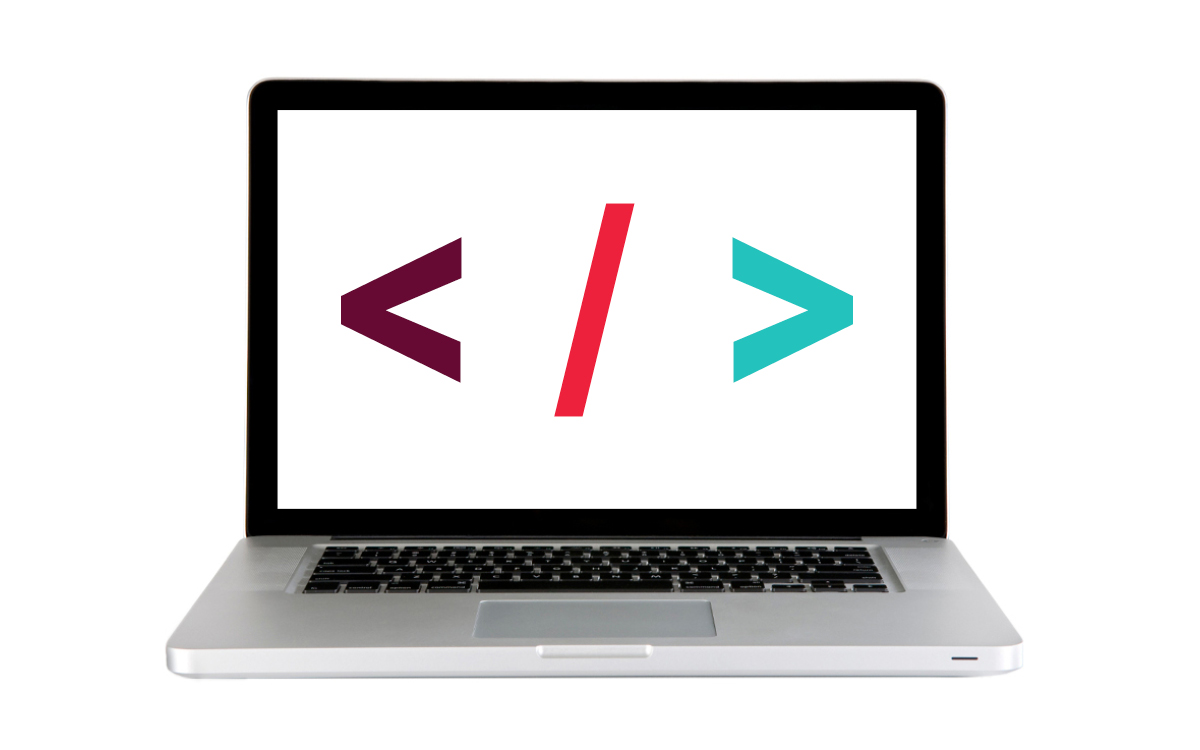The Skeleton Plane is a major part of the planes because this is where a creator defines how the product/service will work. This is where detail and further refinement is done. The Skeleton Plane includes the realms of Interface Design, Navigation Design and Information Design.
The Interface Design is directing the important parts of a webpage to stand out first, like having an appealing and larger button on a website that attracts you user to take action. Interface Design may be like gestural controls, but they help operate the system and success of a webpage. Think of checkboxes on a website, they allow a user to independently take action on a website.
The Navigation Design is directing the user to different parts of the website, which in theory sounds easy, but it can get complex if a creator doesn’t communicate the relationship between certain contents. The navigation must be easy in enabling a user, take them where they want to go, and give them options to other contents of the website.
The Information Design serves as the way to convey a message—which can be visual. It involve grouping information together or organizing them so they consciously make sense to the user. Think of when you fill out a shipping address, first your name, street address, city, state, and zip code. If it were in a different order, it fails in information design because it’s not comprehensible or familiar to other websites.
Important: Wireframes are an important process in this stage and is something you will encounter in design one time or another.



